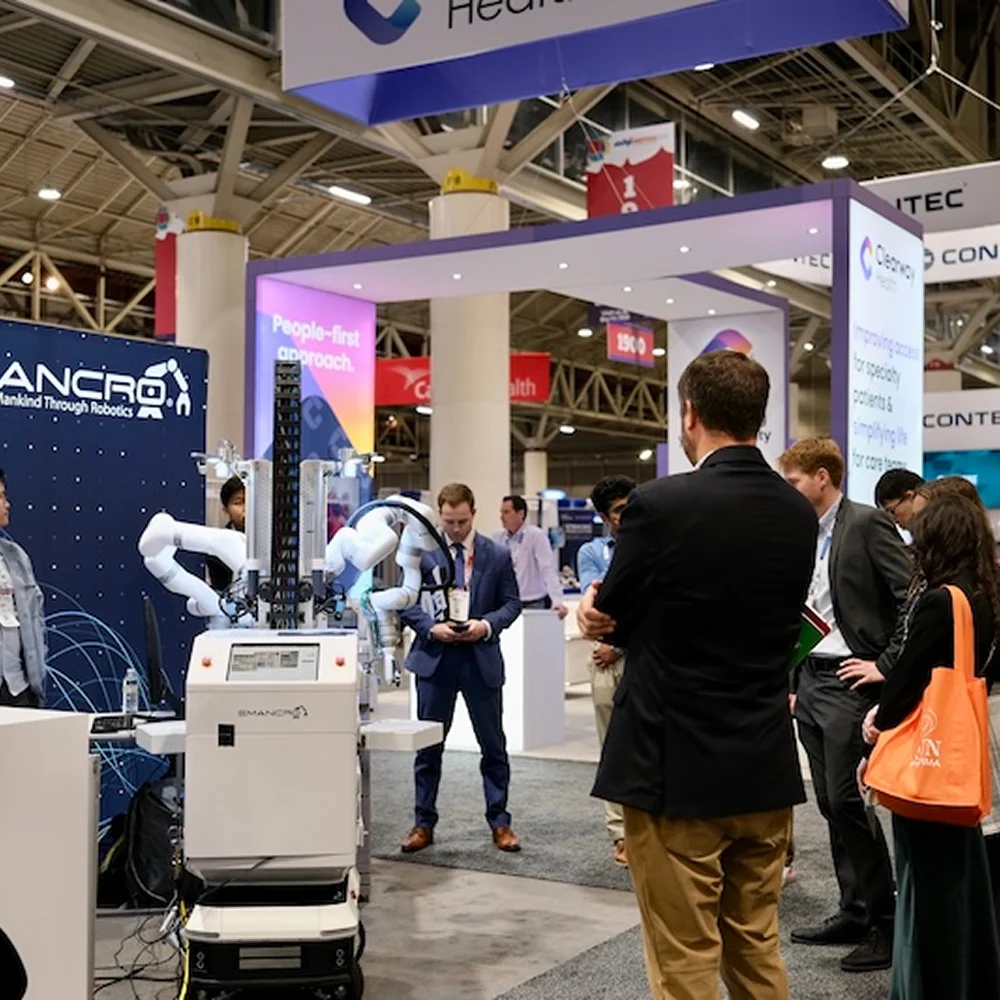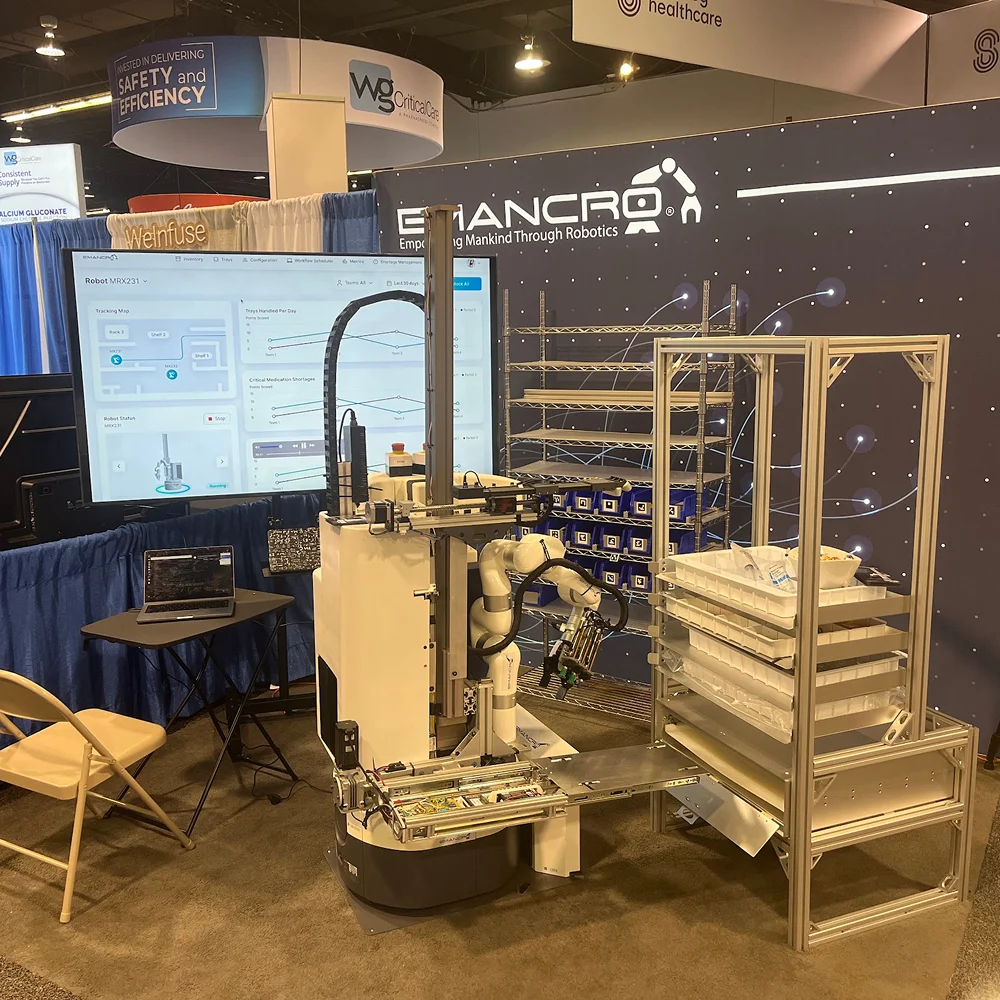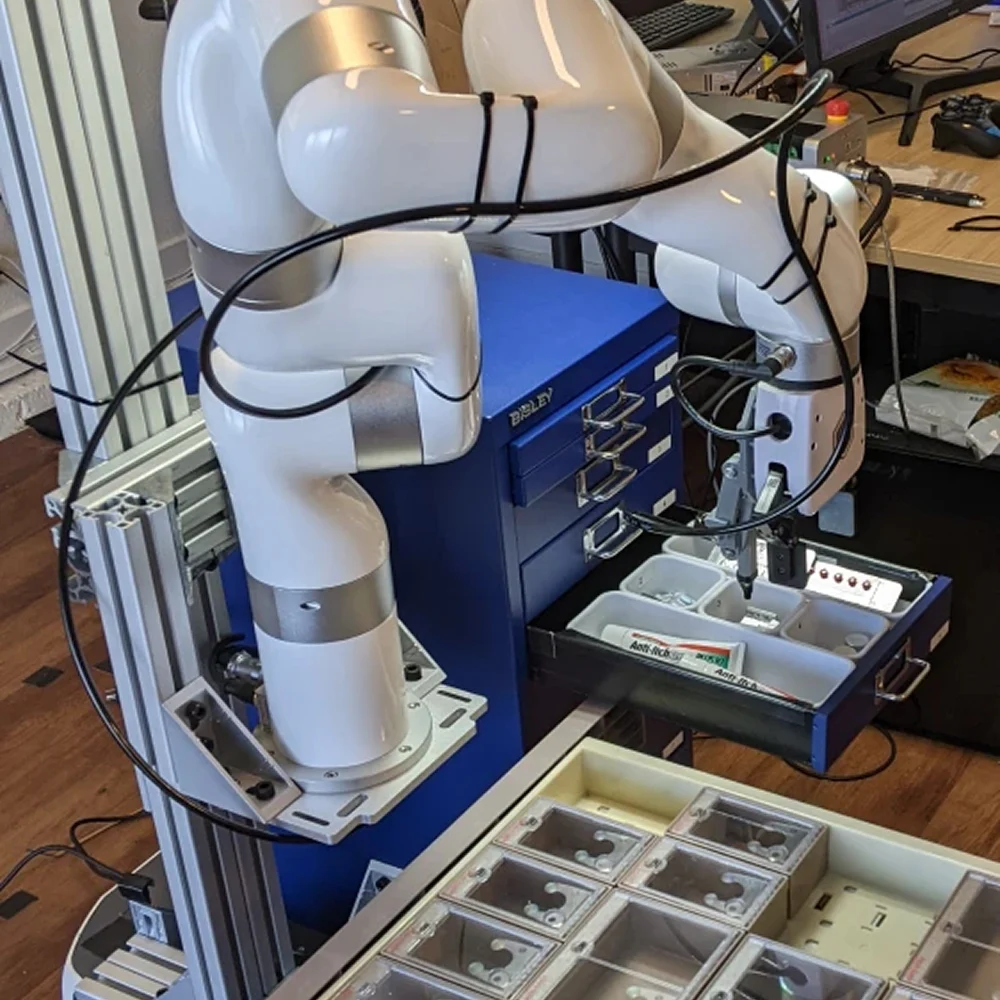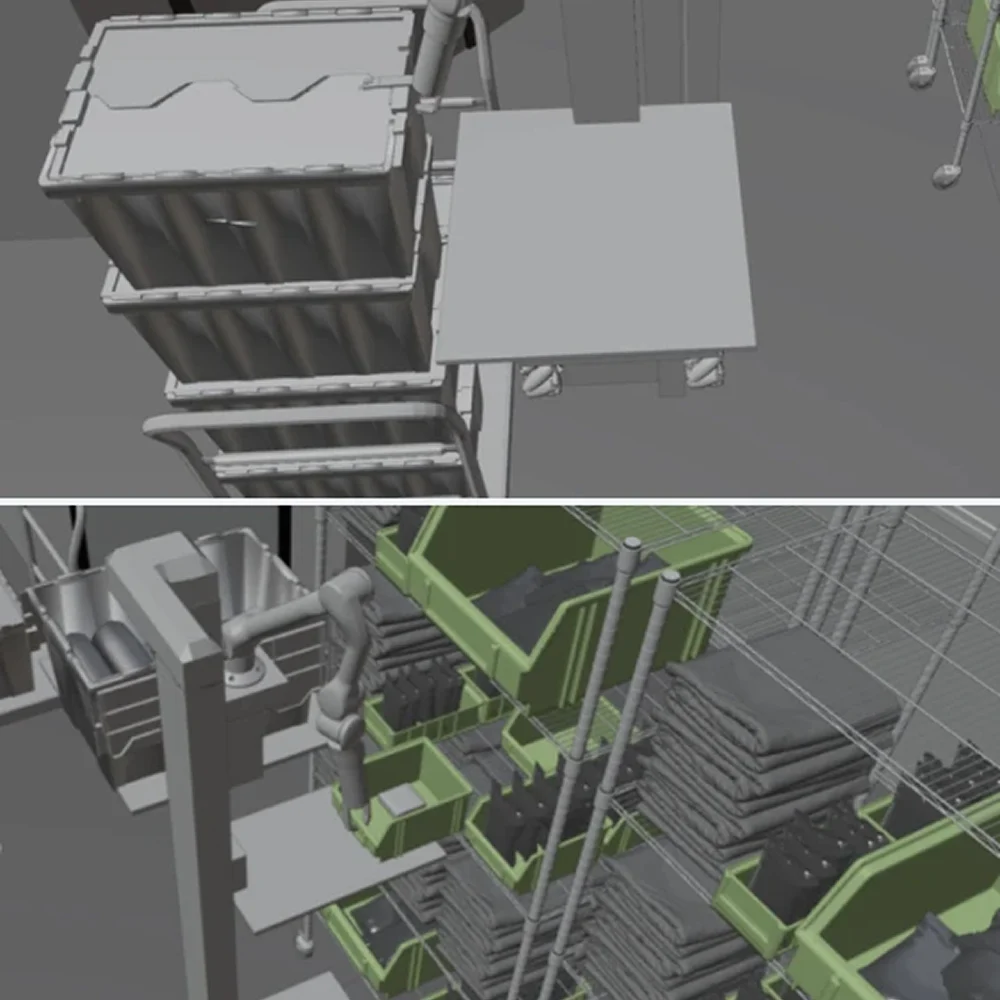Empowering Humanity Through Robotics

We are an interdiciplinary team of ML experts, roboticists, software- and electronics engineers, and clinicians with the common goal of transforming robotics and making real-world impact in healthcare and beyond.
First Pilot Leading Hospital in the U.S.
Emancro successfully piloted EASO robot at a leading hospital in the U.S. More updates are soon to follow.

First dual arm EASO
With the first dual arm version of EASO, presented at ASHP 2024 we are able to show significantly higher speeds as well as integrated barcode scanning.

Presenting second version of EASO
Presenting first version of EASO Dec 2023 At ASHP 2023 presented an enhanced version of EASO that was able to navigate autonomously, take a medication tray from a shelf and restock various medication items.

Debut at Pharmacy Trade Show
We presented our robot prototype at the ASHP 2022 midyear clinical meeting in Las Vegas, receiving interest from more than 35 pharmacy directors.

Start of Product Development
We started the development of the prototype of a medication cabinet restocking robot in October 2022. Initially the robot was picking medication blisters using a single suction finger.

Broad Market Research
May-September 2022 Emancro performed extensive market research in the healthcare space, visiting dozens hospitals and talking to more than 50 healthcare staff of different positions exploring a number of distinct logistics tasks that can be automated using our robotic technology.

